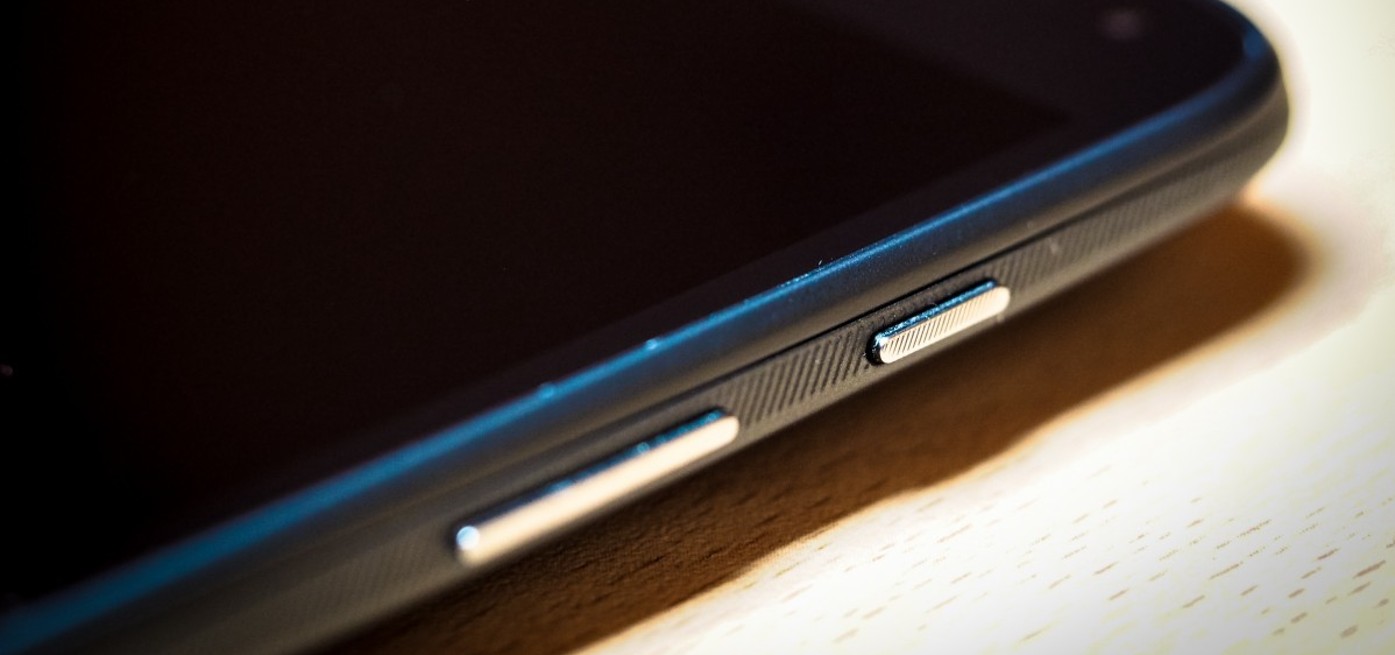
Buying Guide for Portable Signal Jammers
Key Takeaways Consideration Detail Product Weight Jammer Master’s portable jammers average 1.5Kg, significantly lighter than desktop models. Frequency Bands Capable of blocking multiple bands with
Free Worldwide Shipping & 1-Year Warranty!

In order to adapt to the needs of the new era and strengthen the technological management level of detention centers, the use of cell phone jammers has been implemented to eliminate potential security risks caused by illegal cell phone usage. However, there are several misconceptions surrounding the installation of these devices in detention centers.
One common misconception is that the power output of the cell phone jammer should be as high as possible. However, this belief overlooks several important factors that can affect the efficiency and effectiveness of the device. The main issues with high power output include inaccurate frequency output, frequency drift, excessive bandwidth, and power wastage. It is crucial to understand that while power is important, technology plays a key role in achieving optimal results. Instead of solely focusing on increasing power, it is essential to find effective methods and techniques to maximize the efficiency of the cell phone jammer.
Another misconception is that directional antennas can completely prevent interference. While directional antennas do have a specific angle of transmission, there is still a certain level of signal strength in other directions, albeit lower than the main lobe. Additionally, the cell phone jammer can cause reflections within the building, resulting in external interference. Therefore, it is important to consider the potential for interference even with the use of directional antennas.
In conclusion, the installation of cell phone jammers in detention centers is a crucial step towards enhancing security and preventing potential risks. However, it is important to address the misconceptions surrounding their usage. Instead of solely focusing on increasing power, it is essential to prioritize technological advancements and find effective methods to maximize the efficiency of these devices. Additionally, the potential for interference should be carefully considered, even when using directional antennas. By understanding these factors, detention centers can effectively manage and mitigate the risks associated with illegal cell phone usage.
Our frequency checker tool will help you check all frequency bands used in all country.

Key Takeaways Consideration Detail Product Weight Jammer Master’s portable jammers average 1.5Kg, significantly lighter than desktop models. Frequency Bands Capable of blocking multiple bands with

In an age where the sky is dotted with drones, the importance of drone jammers has never been more significant. From commercial deliveries to personal

Protect your vehicle’s location privacy with a professional guide on GPS jammers. From selection to legal considerations and installation tips, we’ve got you covered. Key

Understanding Signal Blocker: How It Works and Its Applications Signal Blockers are devices that can disrupt mobile phone signals, preventing them from connecting to base

The Application and Benefits of High-Power Signal Jammers Enhancing Signal Blocking Efficiency in Various Environments In today’s technologically advanced world, the need for effective signal

Considerations for Purchasing Exam Room Signal Jammers Ensuring Effective Signal Jamming for Exam Integrity As the year approaches its end, many schools are preparing for

The Importance of Monitoring and Signal Interference Measures During Examinations During examination periods, it is crucial to closely monitor the examination venues and their surrounding

Selecting the Appropriate Cell Phone Jammer for Theaters and Auditoriums Overcoming Challenges in Installation and Maximizing Signal Disruption The Importance of Cell Phone Jamming in

Remote Control of Cell Phone Jammers via Smartphone: A Possibility? With the rapid development of the Internet of Things (IoT), numerous smart home devices have